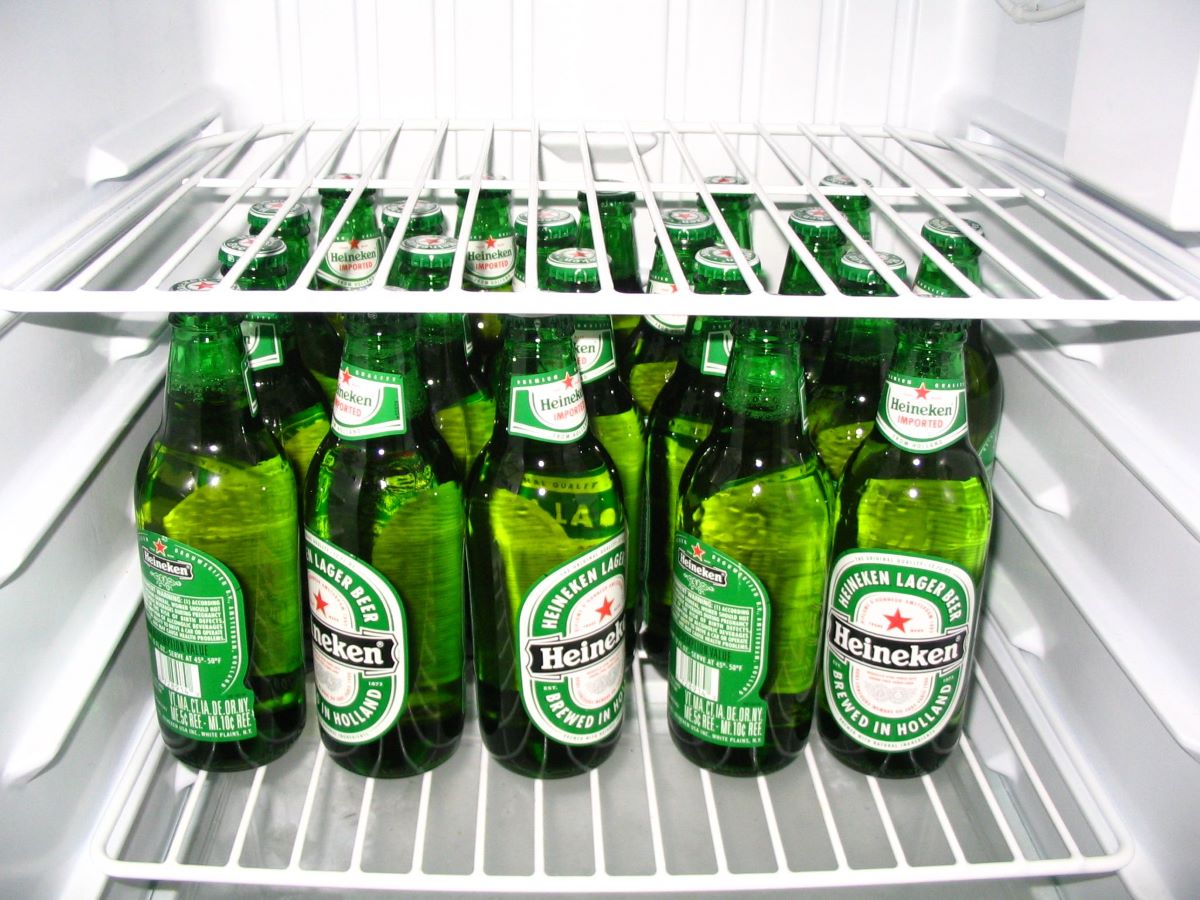

Articles
How To Store Beer Bottles In Fridge
Modified: January 18, 2024
Learn the best practices for storing beer bottles in the fridge with these informative articles. Keep your brews cold and delicious for extended periods!
(Many of the links in this article redirect to a specific reviewed product. Your purchase of these products through affiliate links helps to generate commission for Storables.com, at no extra cost. Learn more)
Introduction
Welcome to the wonderful world of beer aficionados! Whether you enjoy a crisp lager, a hoppy IPA, or a velvety stout, one thing remains constant – the importance of storing your beer properly to maintain its taste and freshness. While many factors come into play when it comes to beer storage, one fundamental aspect is the temperature at which you keep your beer bottles. In this article, we will delve into the nuances of storing beer bottles in the fridge and provide you with essential tips to ensure your brews are kept in optimal condition.
Beer is a delicate beverage that can be easily affected by temperature fluctuations. Just like wine, improper storage can lead to adverse effects on its taste and quality. By storing beer bottles in the fridge, you can control the temperature and minimize the risk of spoilage. However, it’s crucial to follow some guidelines to ensure that your beers are stored properly to preserve their flavor, carbonation, and overall enjoyment.
In the following sections, we will cover various aspects of storing beer bottles in the fridge, including selecting the right temperature, organizing the space efficiently, ensuring stability, avoiding exposure to light, and monitoring the temperature consistently. By implementing these practices, you can elevate your beer-drinking experience and enjoy your favorite brews at their absolute best.
So, grab a cold one, and let’s dive into the art of storing beer bottles in the fridge!
Key Takeaways:
- Elevate your beer storage game by maintaining a temperature range of 38°F to 45°F, organizing the fridge effectively, and avoiding light exposure to preserve the flavor and quality of your favorite brews.
- Keep your beer bottles stable, position them upright, and monitor the fridge temperature consistently to ensure optimal storage conditions and enjoy your brews at their absolute best.
Read more: How To Make A Kegerator Mini Fridge
Choosing the Right Temperature
The temperature at which you store your beer bottles plays a vital role in preserving their flavor, aroma, and carbonation. While it may be tempting to crank up the fridge to its coldest setting, it’s important to understand that extreme temperatures can have adverse effects on the beer. Too cold, and the beer may lose its flavor complexity and become dull. Too warm, and the carbonation can become overly active, leading to excessive foaming when you pour a glass.
The ideal temperature range for storing beer in the fridge is between 38°F (3°C) and 45°F (7°C). This temperature range ensures that the beer remains chilled without compromising its taste. Some beer styles, such as lagers and lighter ales, are best enjoyed at the lower end of the range, while stronger ales and stouts can be stored closer to the higher end. Experimentation and personal preference may guide you to find the perfect temperature for specific beer styles.
It’s also worth noting that temperature fluctuations can have a detrimental impact on beer. Rapid changes in temperature can cause the beer to expand and contract, potentially leading to oxidation and off-flavors. Therefore, it’s essential to keep the fridge temperature consistent, avoiding drastic fluctuations that can harm the beer’s quality.
Additionally, be cautious about placing your beer bottles in the freezer. While it may seem like a quick way to chill a warm beer, the freezing temperatures can alter the beer’s composition and potentially cause it to burst. If you accidentally forget a beer in the freezer, allow it to thaw in the fridge slowly to reduce the risk of damage.
By choosing the right temperature range and ensuring stability, you can maintain the integrity of your beer bottles and enjoy them at their peak freshness. Now that we’ve covered the temperature aspect let’s move on to organizing the fridge space effectively to optimize storage.
Organizing the Fridge
Proper organization is key when it comes to storing beer bottles in the fridge. Not only does it help maximize space, but it also allows for easy access to your favorite brews. Here are some tips to help you organize your fridge efficiently:
1. Clear Out Space: Before you start organizing, clear out any items that may be taking up unnecessary space in your fridge. This includes expired condiments, leftovers, and other items that aren’t regularly used. Creating ample space will ensure that your beer bottles have enough room to be stored safely and without overcrowding.
2. Use Shelves Wisely: Utilize the shelves in your fridge strategically to accommodate beer bottles of varying sizes. Adjust the shelf heights to create enough clearance for taller bottles, such as bombers or wine-sized bottles. If you have adjustable shelves, take advantage of this feature to create customized storage space.
3. Consider Door Storage: Many fridges have compartmentalized door shelves that are perfect for storing smaller beer bottles or cans. However, keep in mind that the temperature in the door shelf can be slightly warmer than the rest of the fridge due to frequent opening and closing. Therefore, it’s best to reserve this space for beers that you plan to consume soon.
4. Create a “Beer Zone”: Designate a specific area in your fridge as the “beer zone.” This dedicated space will make it easier to locate and access your beers quickly. Consider using baskets or dividers within this zone to further organize different beer styles or brands.
5. Rotate Beers: Practice the “first in, first out” principle to ensure that your beers don’t sit in the fridge for too long. By rotating your beer stock, you can consume them in the order of their arrival, preventing any beer from becoming stale or past its prime.
By organizing your fridge efficiently, you not only optimize storage space but also make it easier to find and access your favorite brews. With the fridge organized, let’s move on to the next important aspect – removing excess items from the fridge to create more space for your beer bottles.
Removing Excess Items
To make room for your beer bottles and ensure proper storage, it’s important to remove any excess items from your fridge. This step not only creates space but also prevents overcrowding, which can lead to temperature inconsistencies and compromised beer quality. Here are some tips to help you declutter your fridge:
1. Check for Expired Food: Go through your fridge and check for any expired food items. Discard anything that has passed its expiration date to free up valuable space. This will not only create more room for your beer bottles but also promote cleanliness and food safety.
2. Remove Unnecessary Condiments: Take inventory of your condiments and sauces. If there are duplicates or items that you rarely use, consider removing them from the fridge. These items can often take up valuable space, which can be better utilized for your beers. If they are still in good condition, you can consider storing them in a pantry or cupboard instead.
3. Consolidate Containers: Condense food items into smaller containers to free up space. Transfer leftovers into stackable containers or sealable bags to reduce the amount of space they occupy. This practice will help create additional room for your beer bottles without sacrificing the freshness of your food items.
4. Utilize Other Storage Areas: If you have a separate freezer or a pantry, consider moving items that don’t require refrigeration to these areas. This can include fruits and vegetables that don’t need to be stored in the fridge or non-perishable items that can be stored in the pantry.
5. Donate or Dispose of Unwanted Items: If you have items in your fridge that you no longer need or want, consider donating them to a local food bank or composting them if appropriate. This not only helps create space in your fridge but also contributes to reducing food waste.
By removing excess items from your fridge, you create more room for your beer bottles and ensure that they have the space they need for proper storage. With the excess items cleared, let’s move on to the next step – positioning the beer bottles in the fridge for optimal storage conditions.
Positioning the Beer Bottles
Now that you have cleared space in your fridge and are ready to store your beer bottles, it’s important to position them properly to ensure maximum freshness and prevent any potential damage. Here are some guidelines to help you position your beer bottles effectively:
1. Keep Bottles Upright: It’s best to store beer bottles upright to maintain the integrity of the carbonation. When bottles are stored on their sides, the carbonation can gradually escape, leading to a flat beer. Keeping the bottles upright also reduces the risk of any leakage or seepage, ensuring a clean and hassle-free storage experience.
2. Avoid Overcrowding: Give each beer bottle enough space to prevent them from hitting against each other. Overcrowding bottles can lead to accidental breakage or damage to the labels, compromising the overall quality of the beer. Leave a small gap between each bottle to ensure they are adequately protected.
3. Separate Different Styles: If you have a variety of beer styles, consider separating them within the fridge. This can help prevent flavor cross-contamination and also make it easier for you to locate specific beers when you’re in the mood for a particular style.
4. Consider Temperature Zones: If you have multiple refrigeration zones within your fridge, such as a cooler drawer, utilize these areas strategically. Store beers that require cooler temperatures, like lagers and pilsners, in the coldest zone, and reserve other zones for beers that can handle slightly warmer temperatures, such as ales or stouts.
5. Customization for Aging Beers: If you have special beers that require aging, consider designating a specific section of your fridge for them. These beers often benefit from a slightly higher and more stable temperature, allowing them to develop complex flavors over time. Be mindful not to disturb or move these beers frequently, as they require a consistent environment for optimal aging.
By following these positioning tips, you can ensure that your beer bottles are stored properly and remain in the best possible condition. Next, let’s discuss the importance of keeping the beer bottles stable to prevent any accidental mishaps in the fridge.
Store beer bottles in the fridge upright to minimize oxidation and maintain carbonation. Keep them away from light and store at a consistent temperature to preserve flavor.
Read more: How To Store Bottles
Keeping the Bottles Stable
Stability is crucial when it comes to storing beer bottles in the fridge. Ensuring that the bottles are secure and stable not only prevents them from shifting or falling but also protects them from potential damage. Here are some tips to help you keep your beer bottles stable:
1. Use Bottle Holders or Dividers: Consider using specialized bottle holders or dividers to keep your beer bottles in place. These accessories fit within the fridge and provide individual compartments for each bottle, preventing movement and ensuring stability. They are particularly useful if you have a large collection of beers or limited shelf space.
2. Arrange Bottles in Rows: If you don’t have bottle holders or dividers, arrange your beer bottles in neat rows. This arrangement minimizes the chances of them rolling or shifting when you open and close the fridge. Place the bottles with their bases firmly against the back of the fridge or against a sturdy surface to further enhance stability.
3. Consider Non-Slip Mats: Non-slip mats or liners can be placed under the beer bottles to provide additional grip and stability. These mats help prevent the bottles from sliding or moving within the fridge, reducing the risk of breakage. Look for mats specifically designed for use in refrigerators or opt for materials like silicone that offer good grip.
4. Store Larger Bottles at the Bottom: If you have larger beer bottles, such as bombers or growlers, it’s best to store them at the bottom of the fridge. The weight of these bottles can cause instability if they are placed on higher shelves. By keeping them at the bottom, you ensure that they are securely supported by the fridge structure.
5. Avoid Frequent Disturbance: Minimize opening and closing the fridge door unnecessarily. Frequent disturbance can cause vibrations that may disrupt the stability of the bottles. Limiting access to the fridge helps maintain a stable environment and reduces the risk of accidental mishaps.
By implementing these stability tips, you can ensure that your beer bottles are secure and protected while in the fridge. Now that we’ve covered the importance of stability, let’s move on to another crucial aspect of beer storage – avoiding exposure to light.
Avoiding Exposure to Light
Beer is highly susceptible to the damaging effects of light, especially ultraviolet (UV) rays. When beer is exposed to light, it undergoes a process called “skunking,” resulting in an unpleasant and off-putting flavor. To preserve the flavor and quality of your beers, it’s essential to minimize their exposure to light. Here are some tips to help you avoid exposure to light:
1. Choose Dark Storage Locations: When storing your beer bottles in the fridge, select a location away from direct light sources. Ideally, place them in a shaded area where they won’t be exposed to natural sunlight or bright artificial light. Light-colored bottles provide less UV protection than dark-colored bottles, so take extra care with beers packaged in clear or green glass.
2. Utilize Fridge Shelves or Drawers: If your fridge has shelves or drawers that are shielded from light, utilize them to store your beer bottles. These enclosed spaces provide an extra layer of protection against UV rays, helping to maintain the beer’s integrity. Be sure to keep the area clean and free from any light-emitting devices such as LED lights or refrigerator displays.
3. Consider UV-Blocking Containers: If you have beers that are packaged in clear or lighter-colored glass bottles, consider transferring them to UV-blocking containers. These containers are designed to block harmful UV rays, providing an additional layer of protection for your beers. Alternatively, you can wrap individual bottles with aluminum foil or store them in opaque beer koozies to limit exposure to light.
4. Keep Bottles Covered: If you have a transparent fridge door or glass panels, cover the beer bottles with a towel, cardboard, or dark-colored cloth to shield them from light. This simple method helps to reduce the direct exposure of the bottles to light while still keeping them easily accessible for consumption.
5. Maintain Consistent Light Conditions: Try to maintain consistency in light exposure. Frequent exposure to light, followed by prolonged darkness, can contribute to skunking. Avoid leaving the fridge door open for extended periods and minimize unnecessary opening and closing to maintain a consistent and light-free environment for your beers.
By taking precautions to avoid exposure to light, you can prevent the skunking of your beer and ensure that it maintains its intended flavor and quality. Now that we’ve addressed the importance of light protection, let’s move on to the final step – monitoring the temperature to ensure optimal storage conditions.
Monitoring the Temperature
Monitoring the temperature of your beer fridge is essential to maintain ideal storage conditions and ensure the longevity and quality of your beers. Fluctuations in temperature can have a significant impact on the flavor, aroma, and overall enjoyment of your brews. Here are some tips to help you effectively monitor the temperature:
1. Use a Thermometer: Invest in a reliable thermometer specifically designed for refrigerators. Place the thermometer in a central location within the fridge to accurately measure the temperature. This allows you to keep a close eye on the conditions and make any necessary adjustments to maintain the desired temperature range.
2. Check and Adjust the Fridge Settings: Regularly check the settings of your fridge to ensure they are appropriate for storing beer. Most fridges have a temperature control dial or digital settings that allow you to adjust the cooling level. Aim to keep the fridge temperature between 38°F (3°C) and 45°F (7°C) for optimal beer storage.
3. Avoid Drastic Temperature Changes: Rapid temperature fluctuations can affect the quality of your beers. Avoid placing hot items directly into the fridge, as this can alter the internal temperature. Additionally, keep the fridge away from heat sources such as ovens or direct sunlight, as they can cause temperature spikes. Consistency is key when it comes to maintaining the quality of your beer.
4. Regularly Monitor and Adjust: Make it a habit to periodically check the fridge temperature and ensure that it remains within the desired range. If you notice any significant deviations, adjust the fridge settings accordingly. Small adjustments can help maintain a stable environment for your beers.
5. Keep a Record: Consider keeping a temperature log to track fluctuations over time. This can be especially useful if you encounter any issues with temperature stability or need to troubleshoot potential problems. Having these records can aid in identifying patterns or inconsistencies in your fridge’s performance.
By consistently monitoring the temperature of your beer fridge, you can ensure that your beers are stored in optimal conditions and retain their freshness, flavor, and carbonation. Now that we’ve covered temperature monitoring, let’s summarize the key points before concluding.
Conclusion
Properly storing beer bottles in the fridge is essential for preserving their taste, freshness, and overall quality. By following a few key principles, you can ensure that your favorite brews are kept in optimal condition and ready to be enjoyed whenever the time is right.
Choosing the right temperature range of 38°F (3°C) to 45°F (7°C) is paramount in maintaining the flavor and carbonation of your beers. Organizing the fridge effectively, removing excess items, and positioning the bottles properly helps maximize space and prevents any potential damage. Keeping the bottles stable using holders, rows, or non-slip mats ensures their safety within the fridge.
Avoiding exposure to light, especially UV rays, is crucial to prevent the beer from developing a skunky taste. Utilize shaded areas, UV-blocking containers, or cover beer bottles to shield them from direct light. Lastly, monitoring the temperature using a reliable thermometer and making necessary adjustments helps maintain a consistent and optimal environment for your beers.
By following these guidelines and implementing these practices, you can elevate your beer storage game and savor your brews at their absolute best. Remember, the joy of beer lies in its taste, aroma, and freshness, and proper storage ensures that these qualities are preserved.
So, the next time you reach for a beer from your fridge, take a moment to appreciate the effort you’ve put into properly storing it and enjoy the rich flavors that await you!
Frequently Asked Questions about How To Store Beer Bottles In Fridge
Was this page helpful?
At Storables.com, we guarantee accurate and reliable information. Our content, validated by Expert Board Contributors, is crafted following stringent Editorial Policies. We're committed to providing you with well-researched, expert-backed insights for all your informational needs.
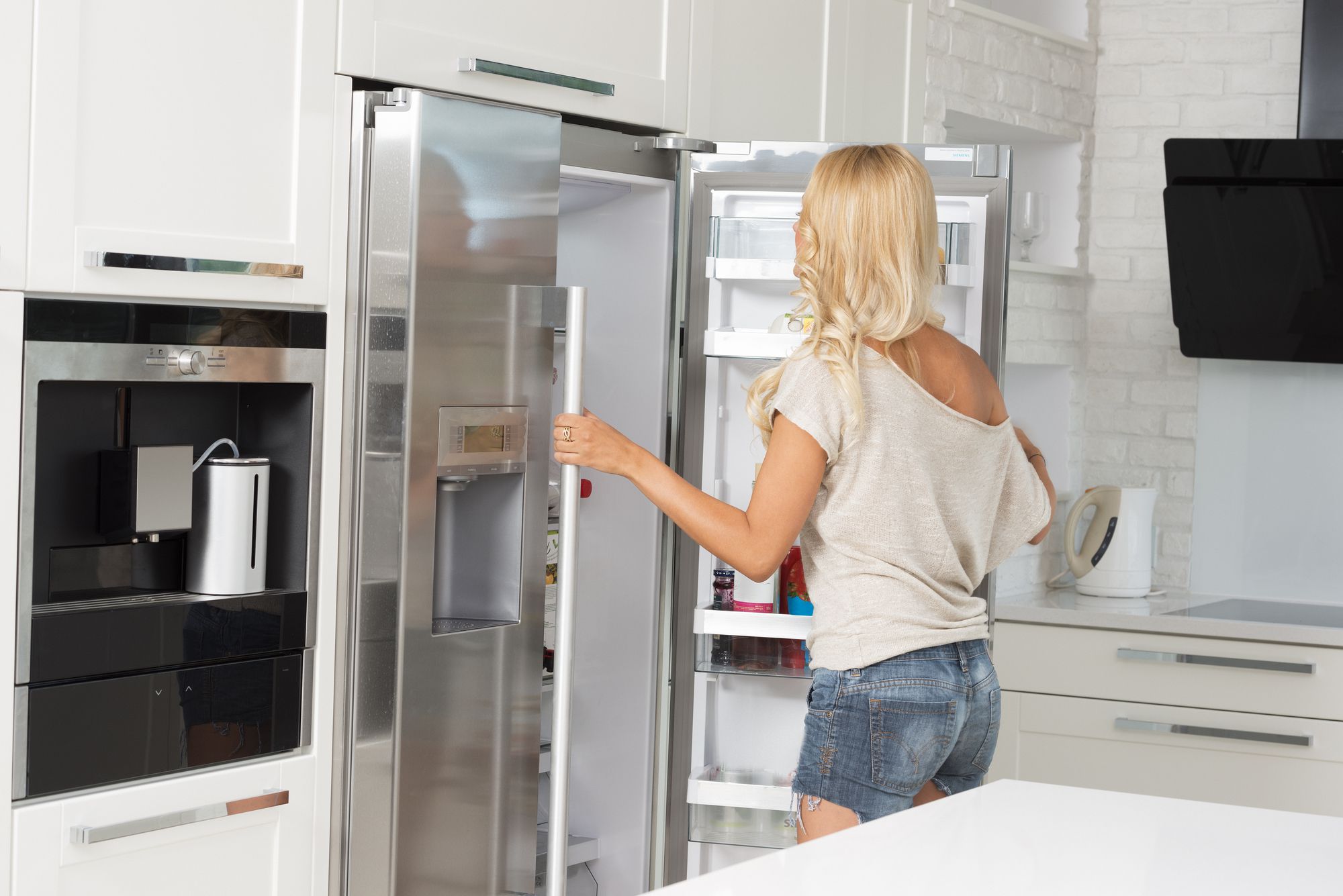
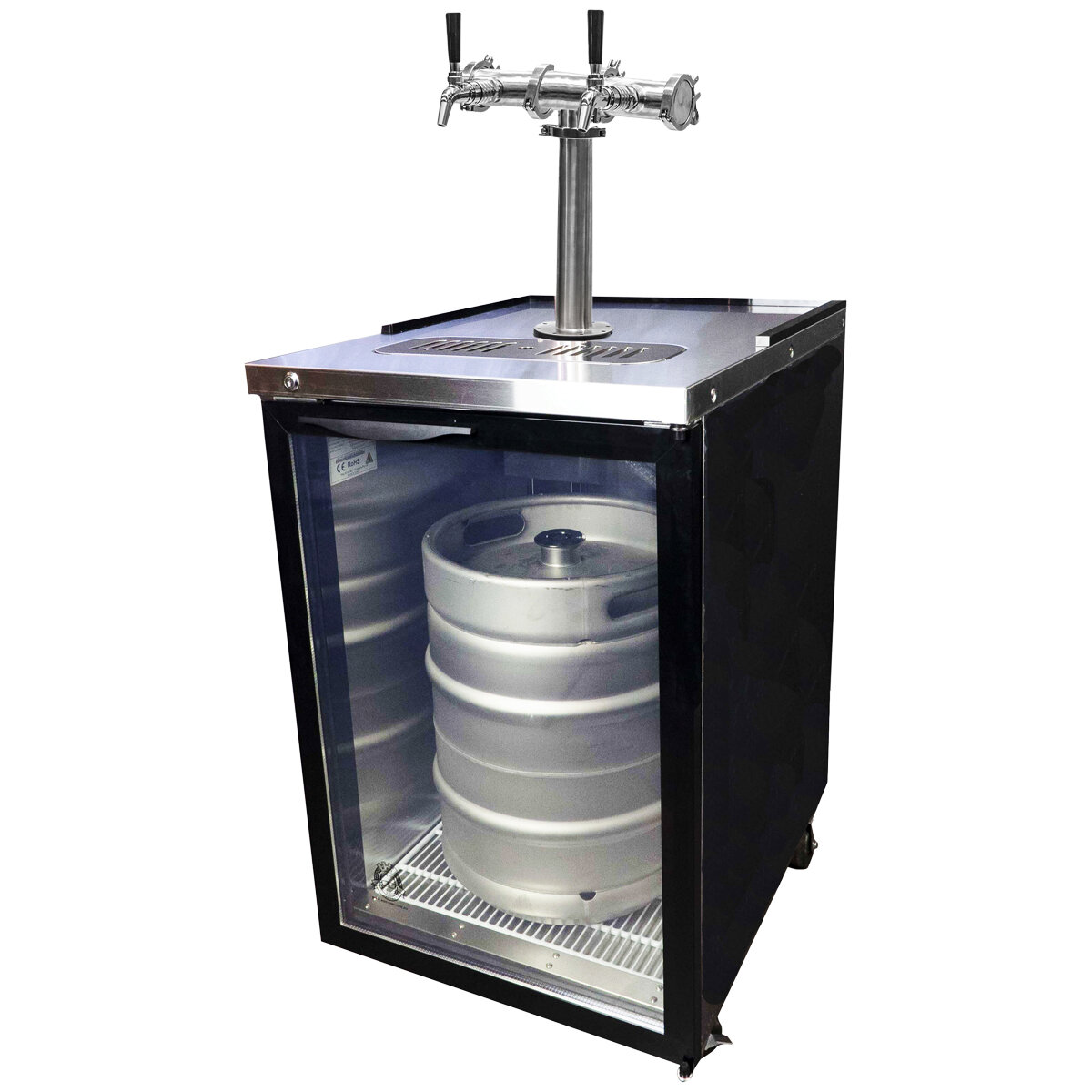
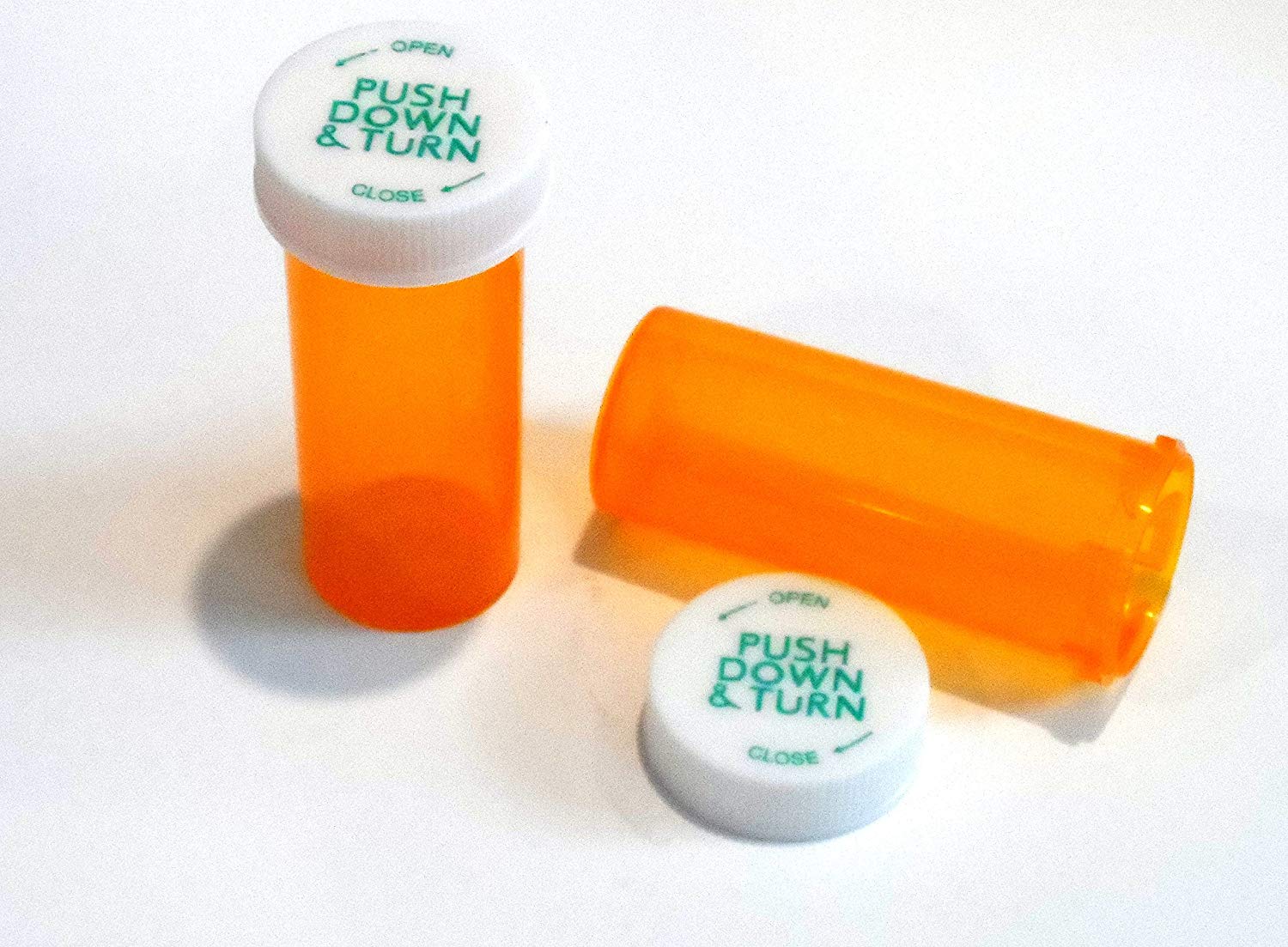
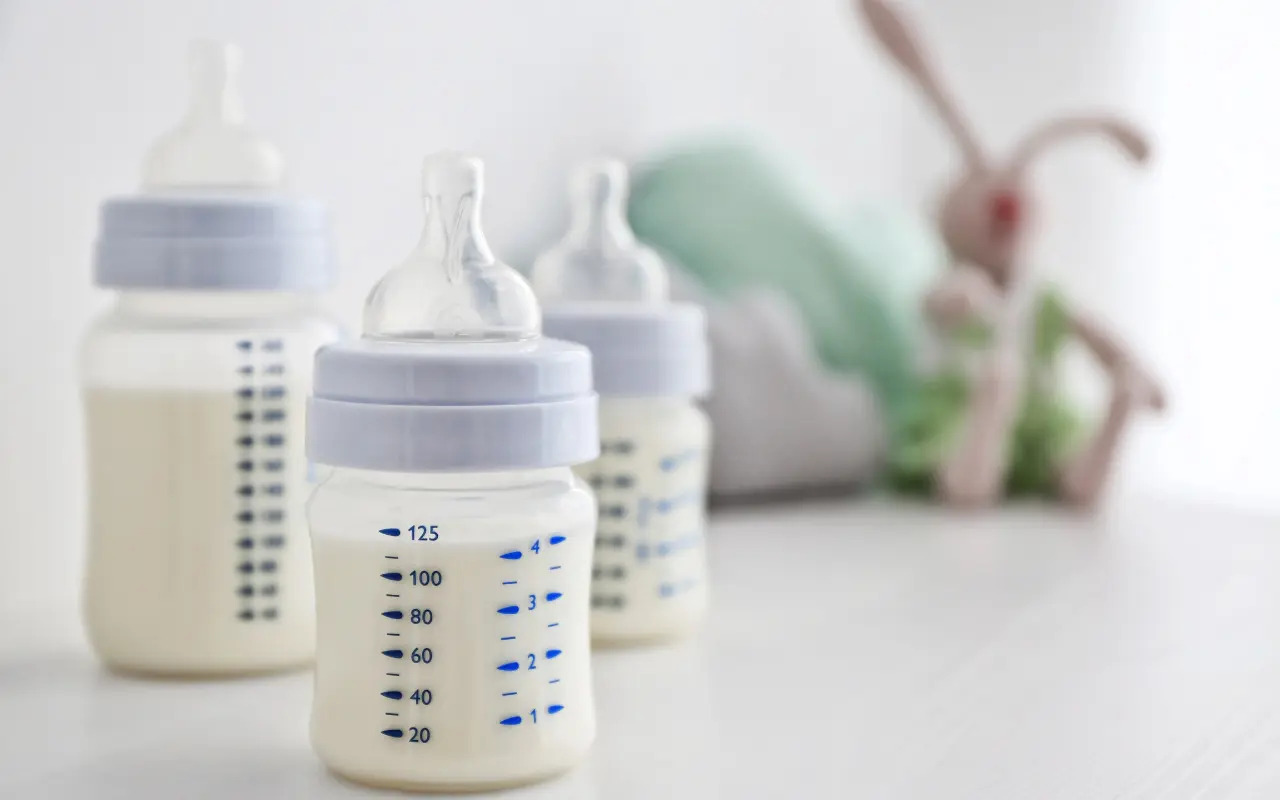
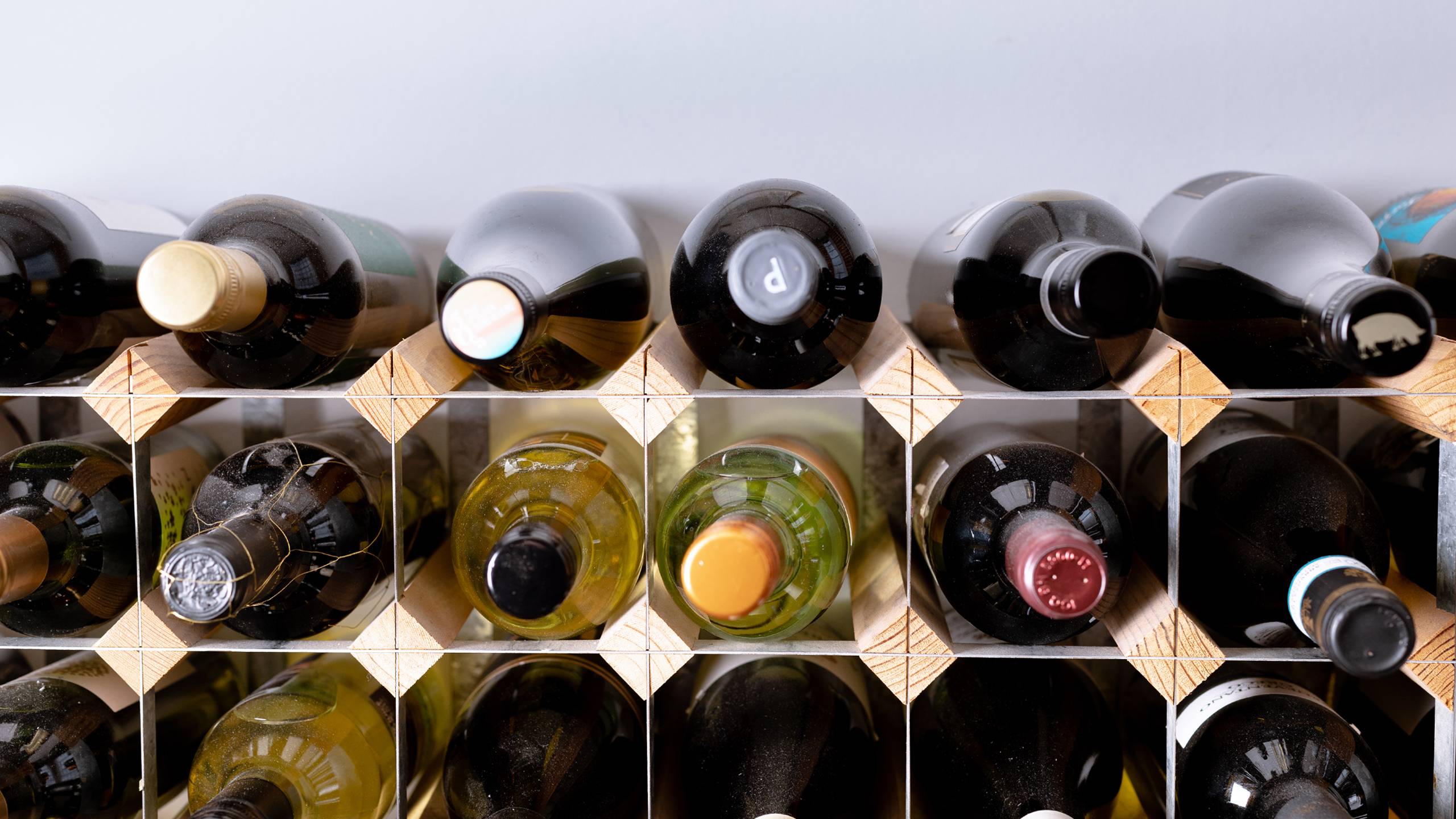
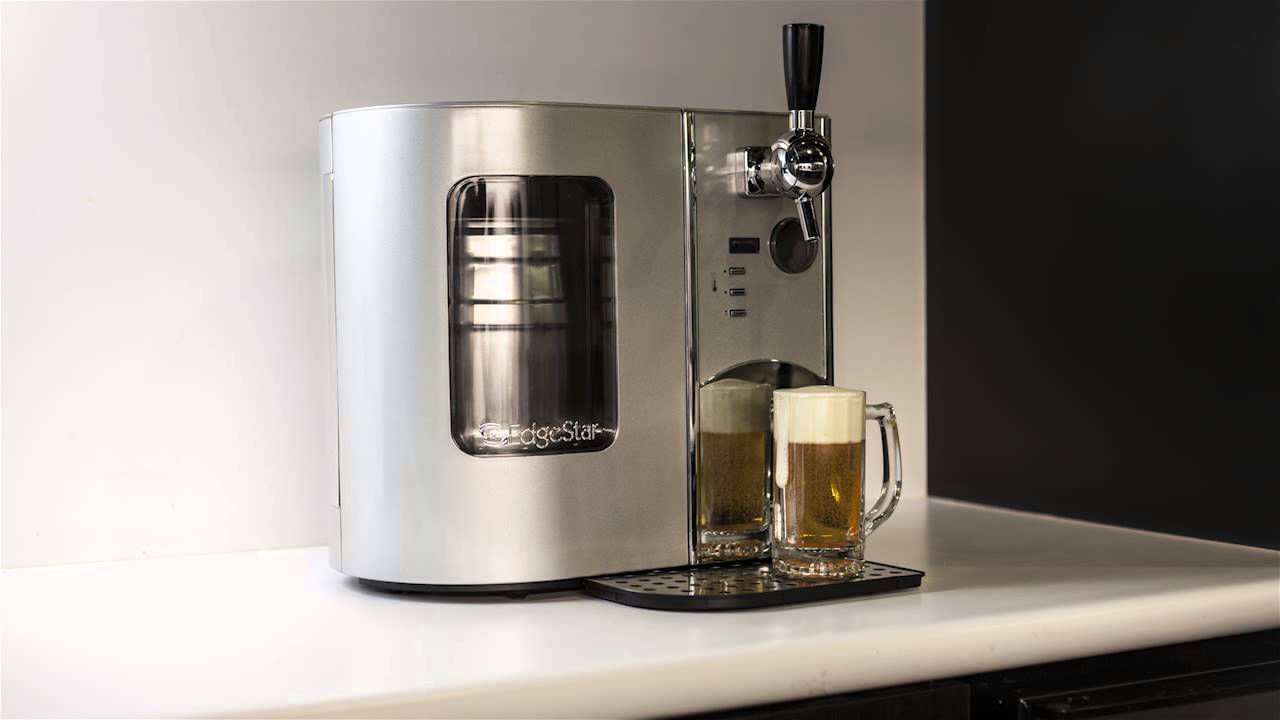
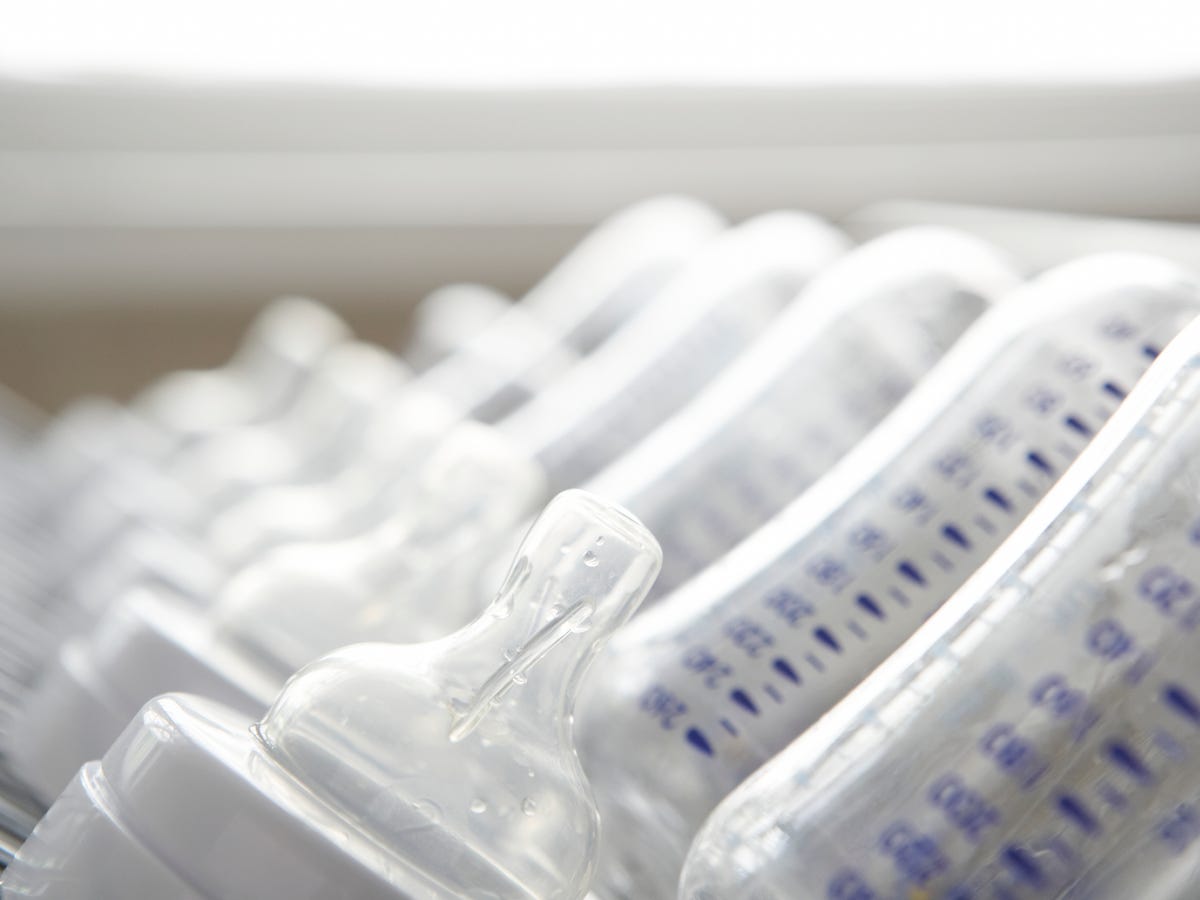
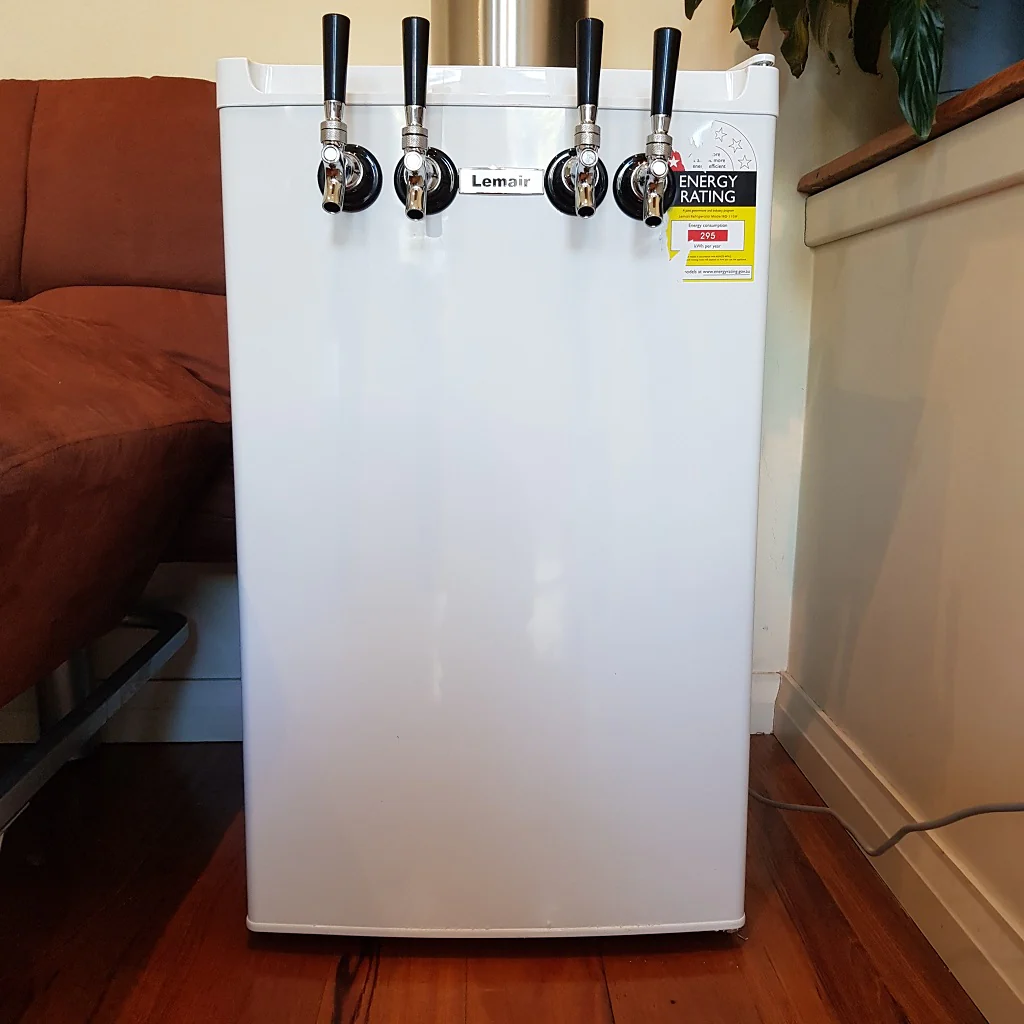
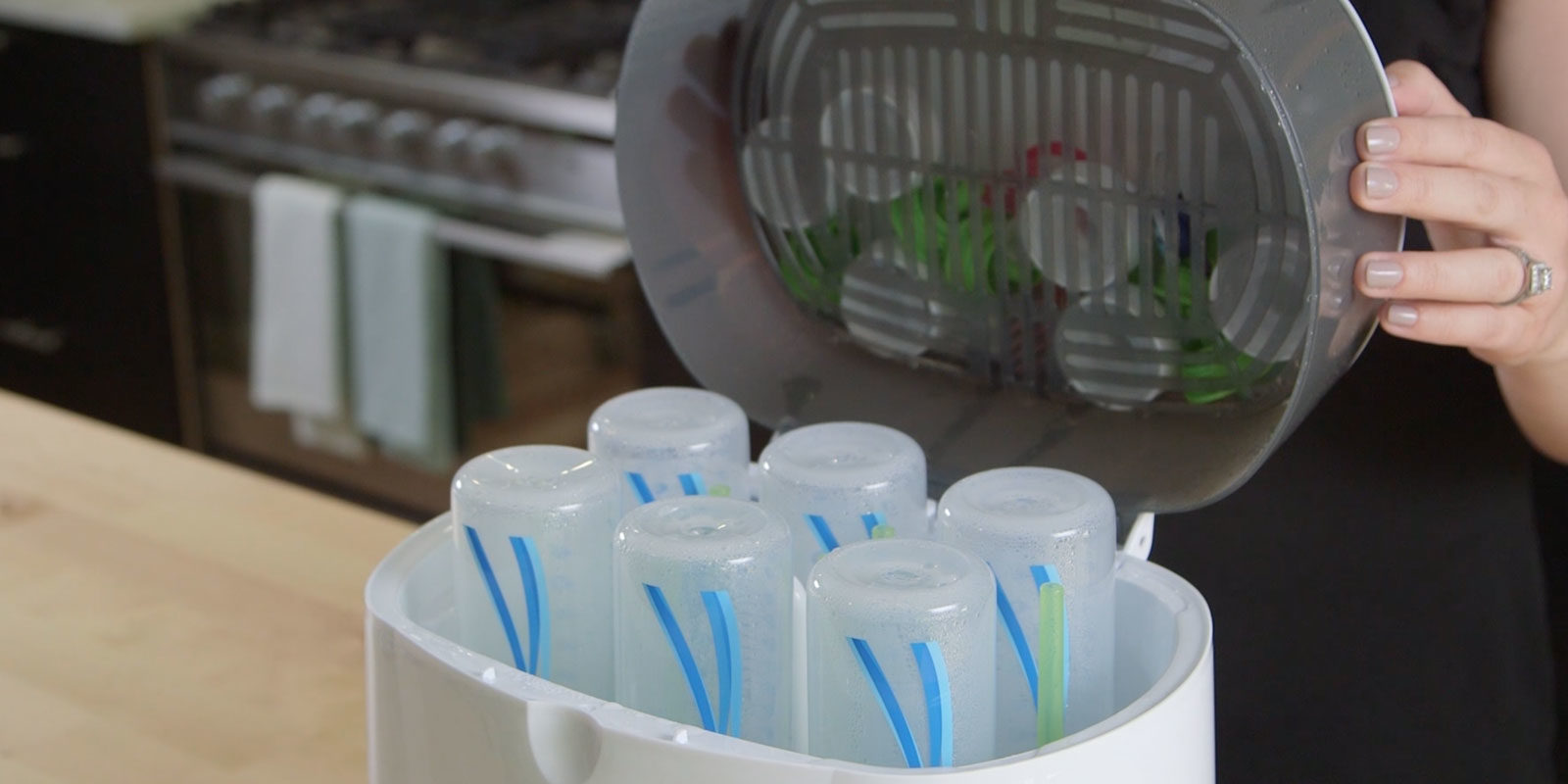
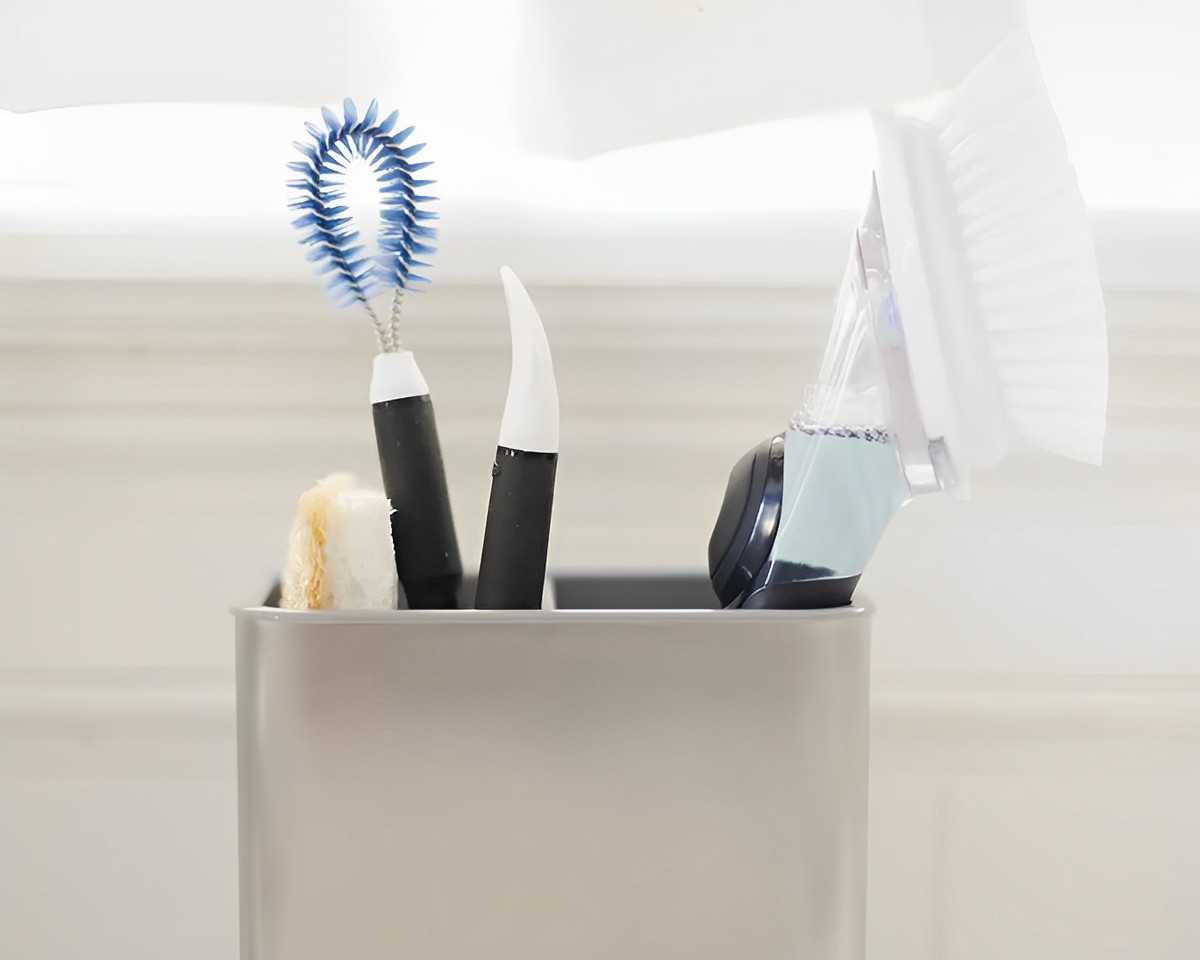
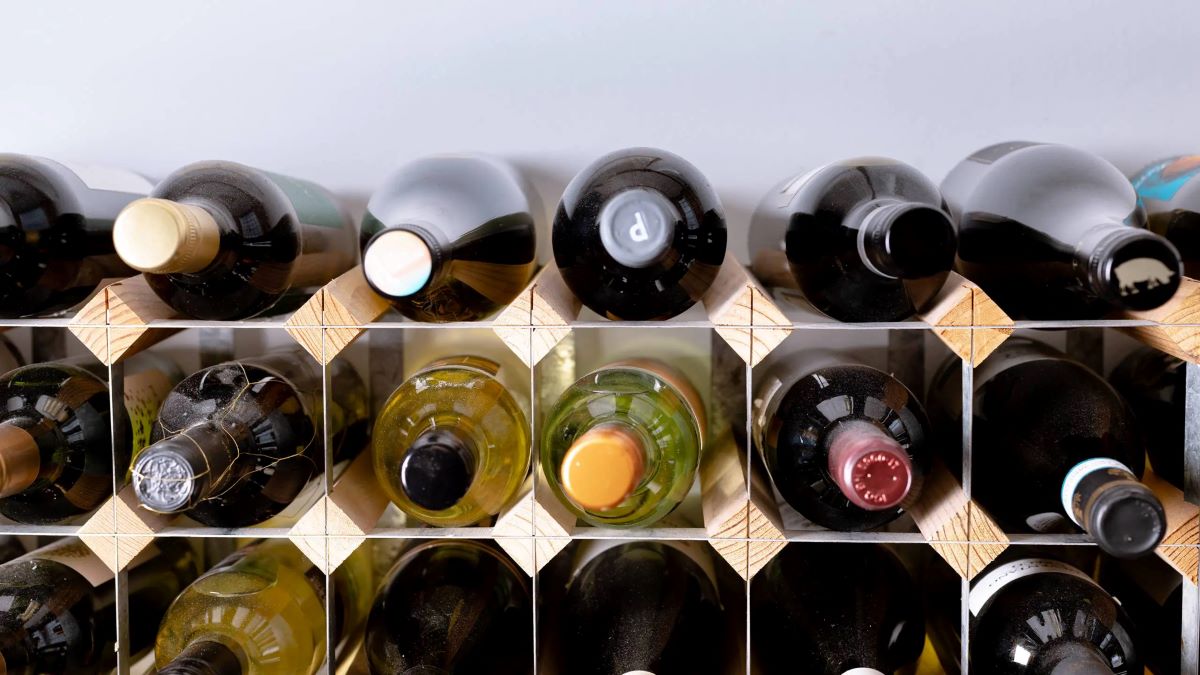
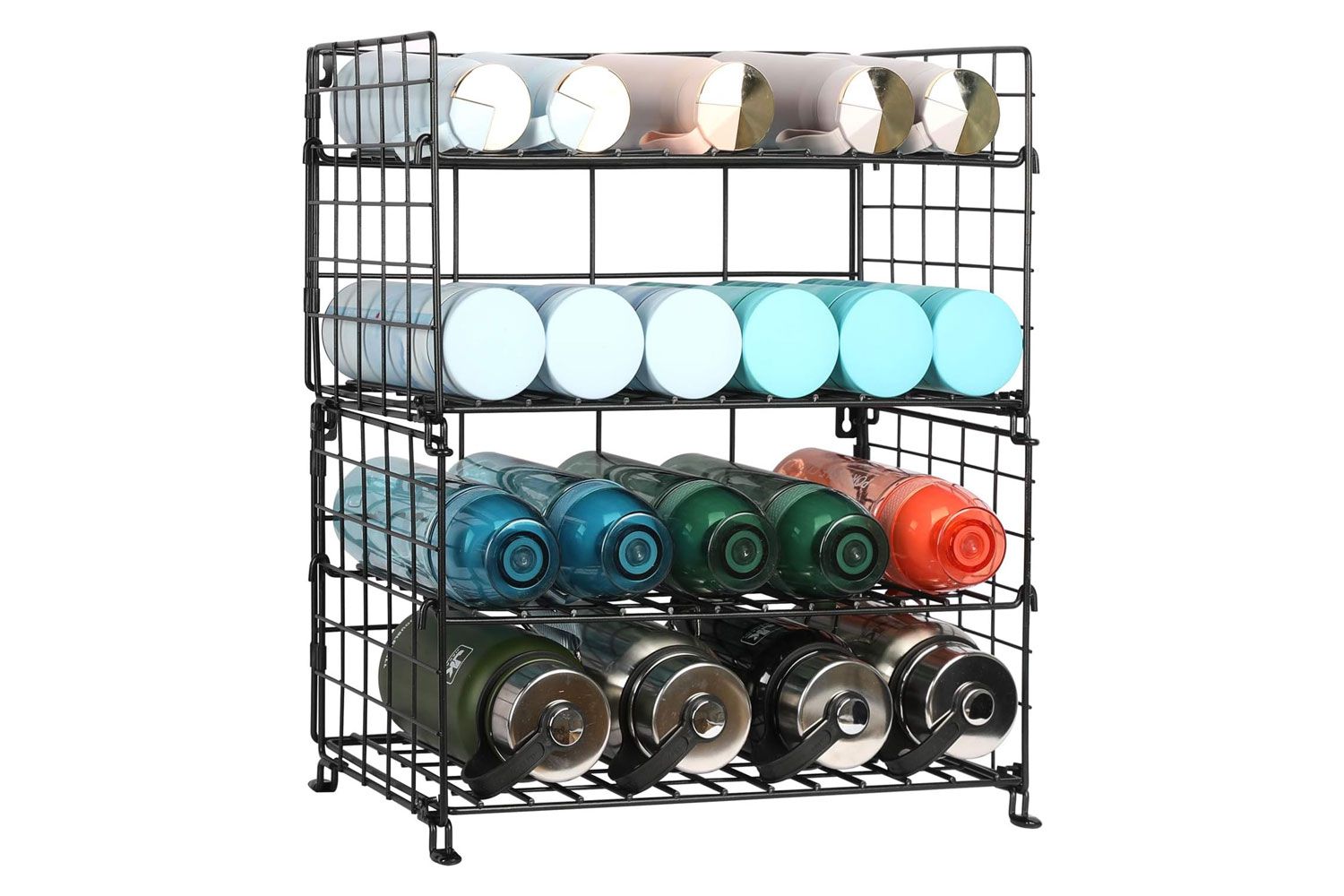
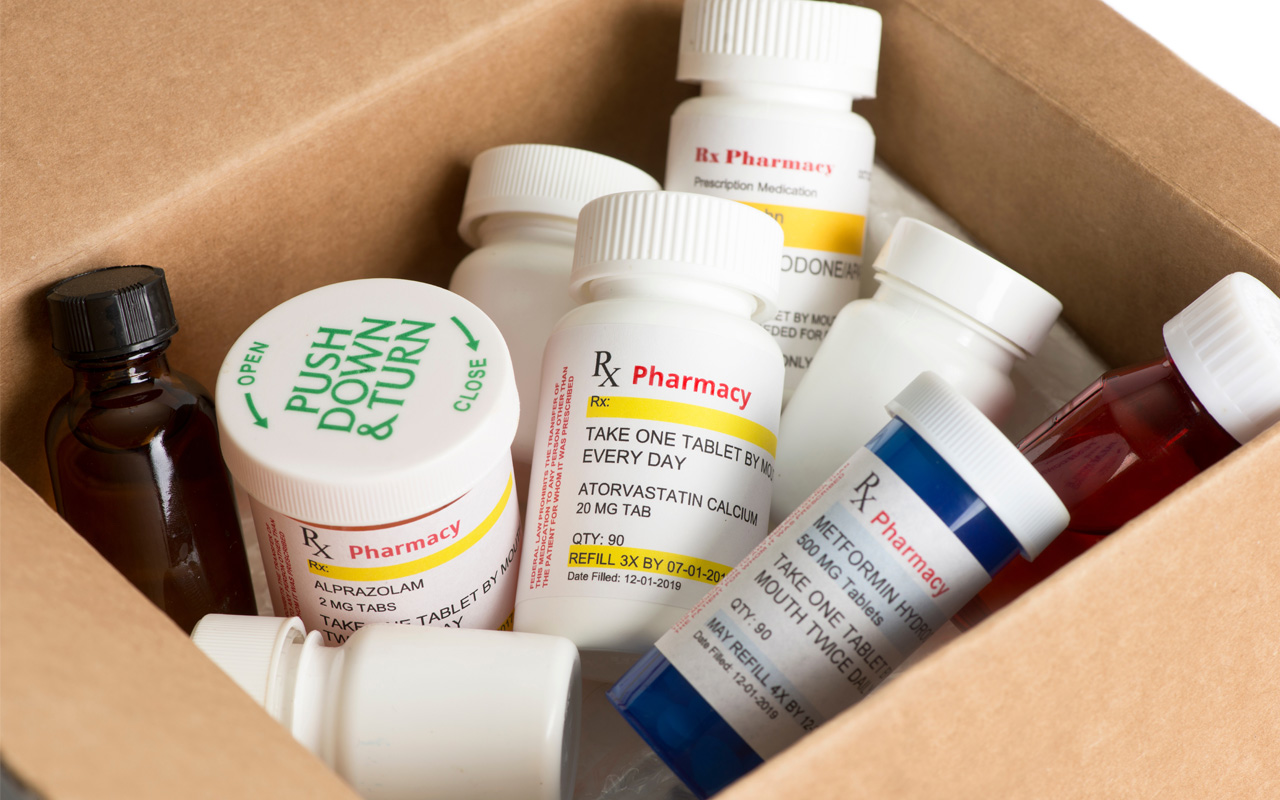
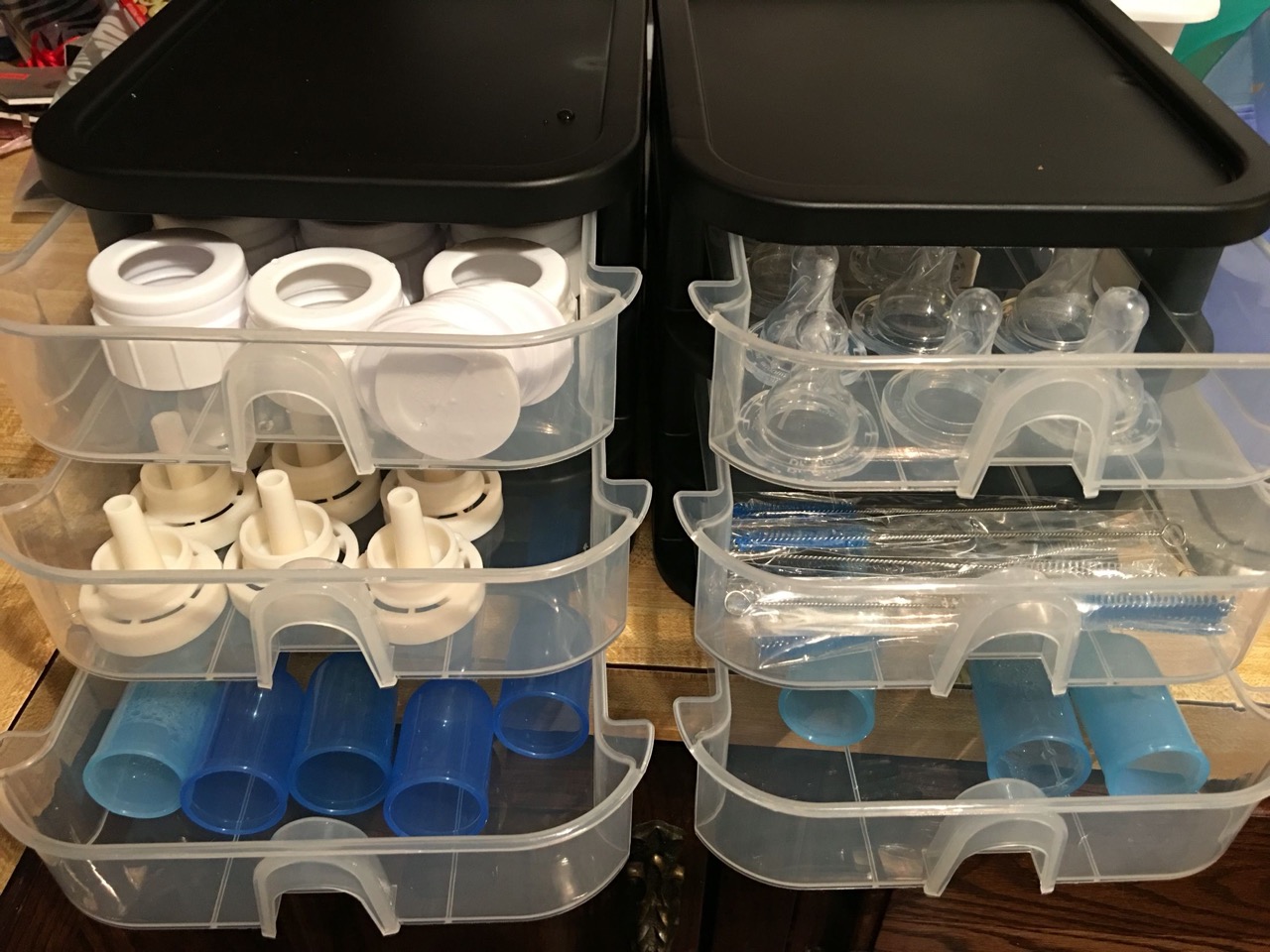

0 thoughts on “How To Store Beer Bottles In Fridge”